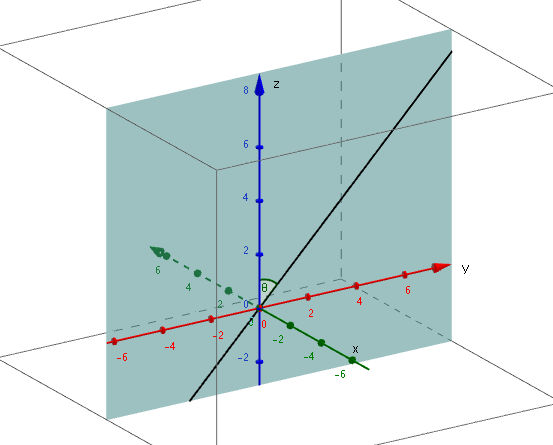Quantum Mechanics – Statistical Universe
Quantum mechanics is the name for the mathematics that can describe physical systems on extremely small scales. When we deal with the macroscopic – i.e scales that we experience in our everyday physical world, then Newtonian mechanics works just fine. However on the microscopic level of particles, Newtonian mechanics no longer works – hence the need for quantum mechanics.
Quantum mechanics is both very complicated and very weird – I’m going to try and give a very simplified (though not simple!) example of how probabilities are at the heart of quantum mechanics. Rather than speaking with certainty about the property of an object as we can in classical mechanics, we need to take about the probability that it holds such a property.
For example, one property of particles is spin. We can have create a particle with the property of either up spin or down spin. We can visualise this as an arrow pointing up or down:


We can then create an apparatus (say the slit below parallel to the z axis) which measures whether the particle is in either up state or down state. If the particle is in up spin then it will return a value of +1 and if it is in down spin then it will return a value of -1.

So far so normal. But here is where things get weird. If we then rotate the slit 90 degrees clockwise so that it is parallel to the x axis, we would expect from classical mechanics to get a reading of 0. i.e the “arrow” will not fit through the slit. However that is not what happens. Instead we will still get readings of -1 or +1. However if we run the experiment a large number of times we find that the mean average reading will indeed be 0!
What has happened is that the act of measuring the particle with the slit has changed the state of the particle. Say it was previously +1, i.e in up spin, by measuring it with the newly rotated slit we have forced the particle into a new state of either pointing right (right spin) or pointing left (left spin). Our rotated slit will then return a value of +1 if the particle is in right spin, and will return a value of -1 if the particle in in left spin.
In this case the probability that the apparatus will return a value of +1 is 50% and the probability that the apparatus will return a value of -1 is also 50%. Therefore when we run this experiment many times we get the average value of 0. Therefore classical mechanics is achieved as an probabilistic approximation of repeated particle interactions
We can look at a slightly more complicated example – say we don’t rotate the slit 90 degrees, but instead rotate it an arbitrary number of degrees from the z axis as pictured below:

Here the slit was initially parallel to the z axis in the x,y plane (i.e y=0), and has been rotated Θ degrees. So the question is what is the probability that our previously up spin particle will return a value of +1 when measured through this new slit?

The equations above give the probabilities of returning a +1 spin or a -1 spin depending on the angle of orientation. So in the case of a 90 degree orientation we have both P(+1) and P(-1) = 1/2 as we stated earlier. An orientation of 45 degrees would have P(+1) = 0.85 and P(-1) = 0.15. An orientation of 10 degrees would have P(+1) = 0.99 and P(-1) = 0.01.
 The statistical average meanwhile is given by the above formula. If we rotate the slit by Θ degrees from the z axis in the x,z plane, then run the experiment many times, we will get a long term average of cosΘ. As we have seen before, when Θ = 90 this means we get an average value of 0. if Θ = 45 degrees we would get an average reading of √2/2.
The statistical average meanwhile is given by the above formula. If we rotate the slit by Θ degrees from the z axis in the x,z plane, then run the experiment many times, we will get a long term average of cosΘ. As we have seen before, when Θ = 90 this means we get an average value of 0. if Θ = 45 degrees we would get an average reading of √2/2.
This gives a very small snapshot into the ideas of quantum mechanics and the crucial role that probability plays in understanding quantum states. If you found that difficult, then don’t worry you’re in good company. As Richard Feynman the legendary physicist once said, “If you think you understand quantum mechanics, you don’t understand quantum mechanics.”
IB teacher? Please visit my new site http://www.intermathematics.com ! Hundreds of IB worksheets, unit tests, mock exams, treasure hunt activities, paper 3 activities, coursework support and more. Take some time to explore!
Are you a current IB student or IB teacher? Do you want to learn the tips and tricks to produce excellent Mathematics coursework? Check out my new IA Course in the menu!
Leave a Reply